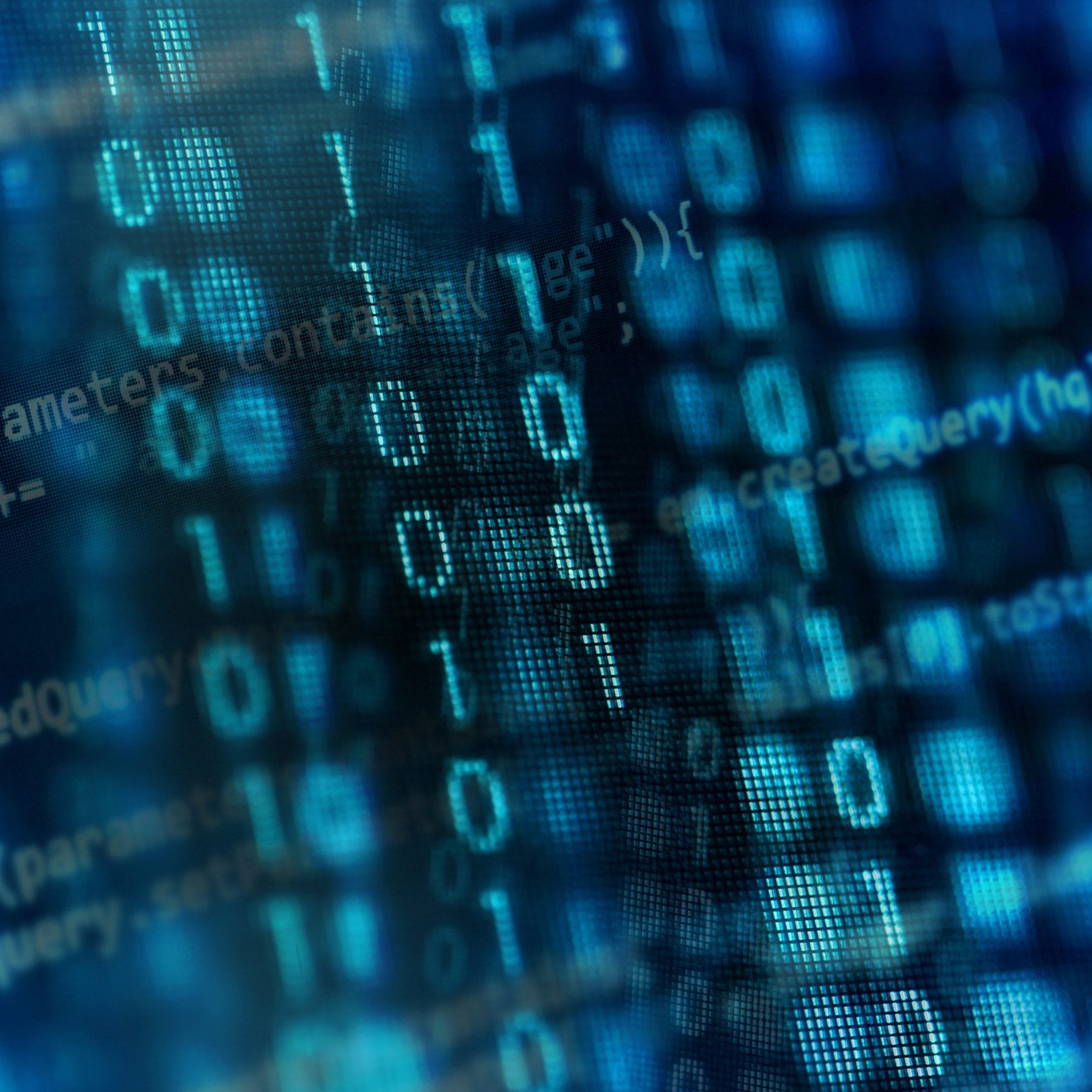ICFO decide game
Group 4 – Participant 3
Story cards
Read all the cards from this category, choose the one that looks more interesting to you and explain it to the rest of the group.
stephan schultz
Story Card 8
I’m training to run the Barcelona Marathon. To improve my training, I bought a bracelet to monitor my heart rate at all times. The other day, flipping my bracelet, I noticed that there was a green light on the side that touches my wrist: as it couldn’t be decoration, I researched a bit on the internet and discovered that the wearable device gets the information about my pulse by measuring the green photons that interact with my skin.
information and cybersecurity
health
teresa torres
Story Card 9
I work in the quality control department of a food company and photonics is an ideal tool for our work, because it allows us to do our analyses in a non-invasive way, without damaging the products. We use photonic systems for very different processes, from controlling the shape and color of fruits and vegetables, to measuring the amount of oxygen inside the packages to make sure that the food inside does not decay too soon. Some of our suppliers also use photons to monitor the crops and optimize harvests.
photonics everywhere
manuel moreno
Story Card 10
In the small town where I live, the City Council has installed photonic sensors: the collected data will help them take informed decisions in the future. For example, they installed a network of sensors to monitor air and water pollution with open data systems, so that citizens can be informed about the environmental health.
They are also working to connect the entire population to the internet network, installing optical fiber networks in all neighborhoods of the city. There are still many thing to do, but little by little we are transforming our town into a smart city!
information and cYberseCuriTY
info cards
Read all cards from this category, choose the two that look more interesting and explain them to the rest of the group.
graphene-based light sensors
Info Card 4
There are things our eyes cannot see. For example, infrared and ultraviolet radiation (which our eyes and conventional cameras cannot capture) carry information that can help us control the quality of food, monitor the health of our body, or see in adverse conditions (darkness, fog).
With the graphene-based sensors being developed at ICFO in collaboration with Qurv (an ICFO spin-off born in 2020), it would be possible to do all of these things and even more with small, low-cost detectors easily integrated into current electronic systems and wearable technologies.
Photo: Prototype of graphene-based wearable device to detect vital signs
health
informaTION and cybersecurity
graphene, a material with a great future
Info Card 11
Graphene is the first 2D material to be manufactured in the world. Despite being only one atom thick, graphene is stable and surprisingly strong. Its physical properties make of it an excellent conductor of heat and electricity, as well as being flexible, extensible and transparent. All these characteristics make graphene a very interesting material for the development of new technologies.
Institutions are aware of the potential of this material and have created the Graphene Flagship (at the European level) and GraphCAT (at the local level) to accelerate research on this material and bring its benefits to society. ICFO employs some of the world's leading experts in the field of graphene, participating in many of the projects of these two networks.
Photo: Graphene-based broadband camera designed by an ICFO team
photonics everywhere
shedding light on covid-19
Info Card 15
During the first big wave of the COVID-19 pandemic, an ICFO team worked intensively with a medical team at Parc Tauli Hospital near Barcelona to test a new idea: to evaluate with photonic devices microvascular dysfunctions in COVID-19 patients.
This could be a low-cost, non-invasive option for patients and easy to use for healthcare professionals to help establish the best treatment during the different phases of COVID-19 and help customize treatments. The project spread to different countries around the world and was even selected to be one of the 23 scientific projects funded by the European Union in the late summer of 2020 to deal with the pandemic.
Photo: ICFO scientists testing the equipment before sending it to hospitals
health
artificial intelligence for the advancement of science
Info Card 25
We are used to movie or music platforms suggesting us what to watch or listen to next. This is possible because algorithms can learn, if we give them a series of initial examples: it is a branch of artificial intelligence called machine learning.
Apart from improving technological services, machine learning is also very useful for people looking for solutions to complex scientific problems. At ICFO we use artificial intelligence to find new strategies to solve complex quantum physics problems, predict the motion of individual particles (very important for biology), or increase computational speed (optimization) for some complex algorithms that apply to significant day-to-day problems.
information and cybersecurity
thinking cards
Read all the cards from this category, choose the one that looks more interesting to you and explain it to the rest of the group.
the value of science for society
Thinking Card 2
Having a basic knowledge of different scientific fields and understand how scientific knowledge is generated is important for all citizens. The COVID-19 pandemic is an example of this: it is easier to accept and correctly apply public health recommendations (and help curb the spread of the virus) if we understand the scientific reasons behind them and how policy makers got to these conclusions.
Even if everyone learns science during compulsory education, it is clearly not enough for society to value science and its results: how can we change that?
there are more urgent issues
Thinking Card 4
Science and technology have improved and are improving the quality of our lives. However, there are still many urgent and important problems that require immediate solutions that scientific research cannot offer us directly and quickly. Perhaps we should focus our efforts on reducing social inequality, unemployment, hunger and poverty. Or can science and technology help in these aspects as well?
DECISIon
The time and resources available to solve important problems affecting society are limited. Imagine being part of the commission that has to decide how to invest the money for photonics research at European level for the coming years: knowing that photonics benefits society in many different ways, how would you distribute funds among the different research fields in photonics?
This is not an individual decision: each group must come to a unanimous conclusion by discussing correctly and rationally based on the facts that you have learned so far. There is no right or wrong answer. Like many things in life, it depends on the point of view you assume, the priorities you set, ...
light for health
Option 1
The pandemic that arose in 2020 taught us that public health is an important sector that affects many more aspects of society. A tiny virus can affect the lives of millions of people in all its aspects, not only health, but also the economy, industrial structure, labor market ...
That’s why it’s important to focus most of our efforts on research projects that can improve and care for people’s health.
light for information and cybersecurity
Option 2
We live in the information age. More and more companies and institutions are collecting and analyzing large amounts of data to improve industrial processes and services for the population. In addition, digital technologies are essential to communicate with each other, whether for work or fun. If information systems fail, strategic structures such as energy networks, traffic control, hospitals, governments, etc. fail, too. Thus, ensuring data security for quick and massive data transfer is of fundamental importance for a digitized society like ours.
That is why it is important to focus most of our efforts on research projects that can improve data collection, analysis, transmission and security.
light for energy and the environment
Option 3
We are in the middle of a climate emergency: to be able to solve it we need new environmental policies and the commitment of society as a whole. Science and technology can accelerate the change of paradigm that we need to save the planet with discoveries and innovative technologies. If we do nothing now, the Earth will be uninhabitable and unsustainable, but there’s still time.
That’s why it’s important to focus most of our efforts on research projects that can help us take care of our planet.
photonics everywhere
Option 4
Photonics is everywhere and has a positive impact in many different aspects of our lives. Sometimes, the same technology (such as the laser) can improve health, information and care for the environment at the same time. There are many global issues and it is difficult to set a priority, especially because they are interconnected.
That’s why it’s important not to focus our efforts on a single field of application: it’s better to diversify our efforts to have more chances of success.













